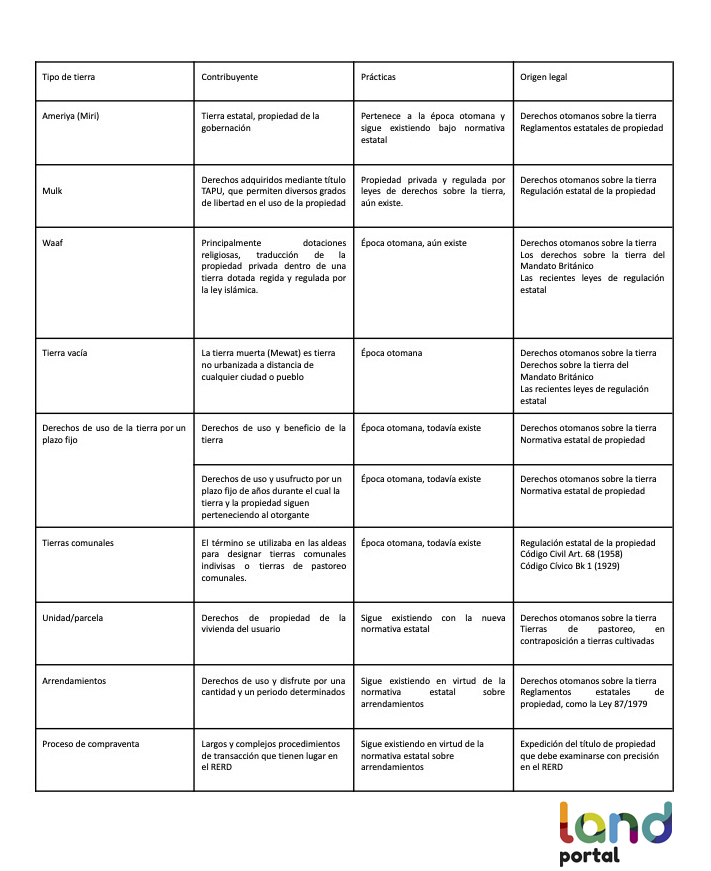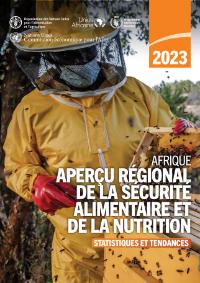Towards sustainable food crop production: Drivers of shift from crop production to mining activities in Ghana's arable lands
This study contributes to the observed reduction of arable lands discourse by examining the shift in land use patterns as well as factors influencing farmers' shift from crop production to mining activities. To achieve this, we employed a combination of Geographic Information System (GIS) technology and Cragg's Double Hurdle Econometric Model as analytical tools. Our approach integrates an econometric model of land use with GIS simulations that predict the spatial pattern of land-use change.





